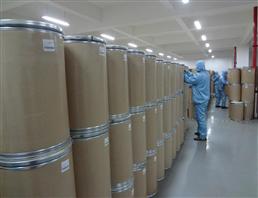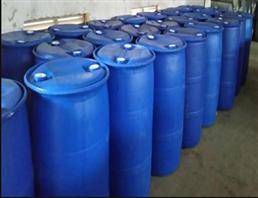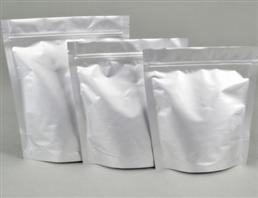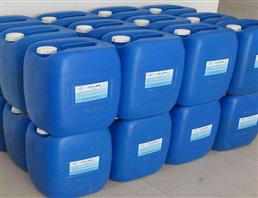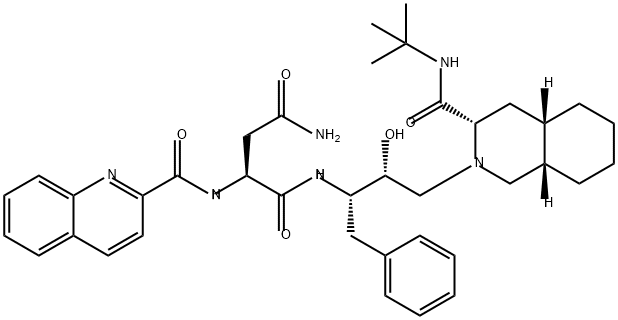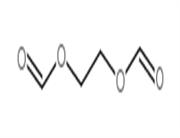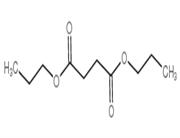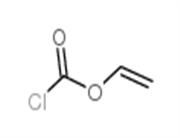Description
Saquinavir mesylate, the first HIV protease inhibitor to reach the market, was launched in the U.S.A.. It is indicated for use in combination with approved nucleoside analogs for the treatment of advanced HIV infection. Saquinavir, a transition state analog of Phe-Pro, is a very potent and competitive inhibitor of HIV-1 and HIV-2 proteases with high specificity. Saquinavir inhibits the last stage in the replication process of HIV and prevents virion maturation in both acute and chronically infected cells. Combination of saquinavir with the nucleoside analogs such as zidovudine (AZT) or/and zalcitabine which inhibit the enzyme reverse transcriptase and target at an earlier stage in the HIV replication process, shows a greater than additive effect in increase in CD4 cell counts and reduction in viral load, with the combination delaying the onset of resistance to either drug alone. Saquinavir is well tolerated alone and in combination with A n .
Originator
Roche (Switzerland)
Uses
Antiviral (HIV protease inhibitor).
Definition
ChEBI: An aspartic acid derivative obtained by formal condensation of the primary amino group of (2S,3R)-4-[(3S,4aS,8aS)-3-(tert-butylcarbamoyl)octahydroisoquinolin- (1H)-yl]-3-hydroxy-1-phenylbutan-2-ylamine with the carboxy group of N2(-quinolin-2-ylcarbonyl)-L-asparagine. An inhibitor of HIV-1 protease.
Indications
Saquinavir is a potent inhibitor of HIV-1 and HIV-2 protease. Fortovase, a soft gel preparation of saquinavir, has largely replaced saquinavir mesylate capsules (Invirase) because it has improved bioavailability. Saquinavir is usually well tolerated and most frequently produces mild gastrointestinal side effects.
Brand name
Fortovase (Roche).
Acquired resistance
Resistance is associated with an amino acid substitution at position 48 in the HIV protease (G48V). An L90M mutation also confers resistance, as it does for most protease inhibitors. Saquinavir-resistant isolates from patients on long-term therapy often show cross-resistance to other protease inhibitors.
General Description
Saquinavir (Invirase) is well tolerated following oral administration.Absorption of saquinavir is poor but is increasedwith a fatty meal. The drug does not distribute intothe CSF, and it is approximately 98% bound to plasma proteins.Saquinavir is extensively metabolized by the firstpasseffect. Bioavailability is 4% from a hard capsule and12% to 15% from a soft capsule. Saquinavir lowers p24antigen levels in HIV-infected patients, elevates CD4+counts, and exerts a synergistic antiviral effect when combinedwith RT inhibitors such as AZT and ddC.Although HIV-1 resistance to saquinavir and other HIVPIs occurs in vivo, it is believed to be less stringent andless frequent than resistance to the RT inhibitors.Nevertheless,cross-resistance between different HIV PIsappears to be common and additive,suggesting thatusing combinations of inhibitors from this class would notconstitute rational prescribing. The drug should be used incombination with at least two other antiretroviral drugs tominimize resistance. Dosage forms are Invirase (hard capsule)and Fortovase (soft capsule).
Pharmaceutical Applications
A peptidomimetic protease inhibitor formulated as the mesylate for oral use.
Pharmacokinetics
Oral absorption: c. 4%
Cmax 1200 mg thrice daily: c. 1–2.2 mg/L
Cmin 1200 mg thrice daily: c. 0.1–0.22 mg/L
Plasma half-life: c. 7–12 h
Volume of distribution: c. 700 L
Plasma protein binding: c. 98%
Absorption and distribution
It is poorly absorbed and penetrates poorly into the CNS. The semen:plasma ratio is 0.04. It is not known if it is distributed into human breast milk.
Metabolism and excretion
It is metabolized via CYP3A4, principally to mono- and dihydroxylated derivatives. Around 88% of the dose is excreted in feces and 1% in urine. Caution should be exercised in severe renal impairment and moderate hepatic impairment; use in decompensated hepatic impairment is contraindicated.
Clinical Use
Treatment of HIV infection (in combination with other antiretroviral drugs)
Side effects
The most frequently reported adverse effects include abdominal discomfort, diarrhea and nausea. Ritonavir-boosted saquinavir is associated with a dyslipidemic profile characteristic of those treated with a boosted protease inhibitor requiring 200 mg of the ritonavir ‘booster’.

 China
China




